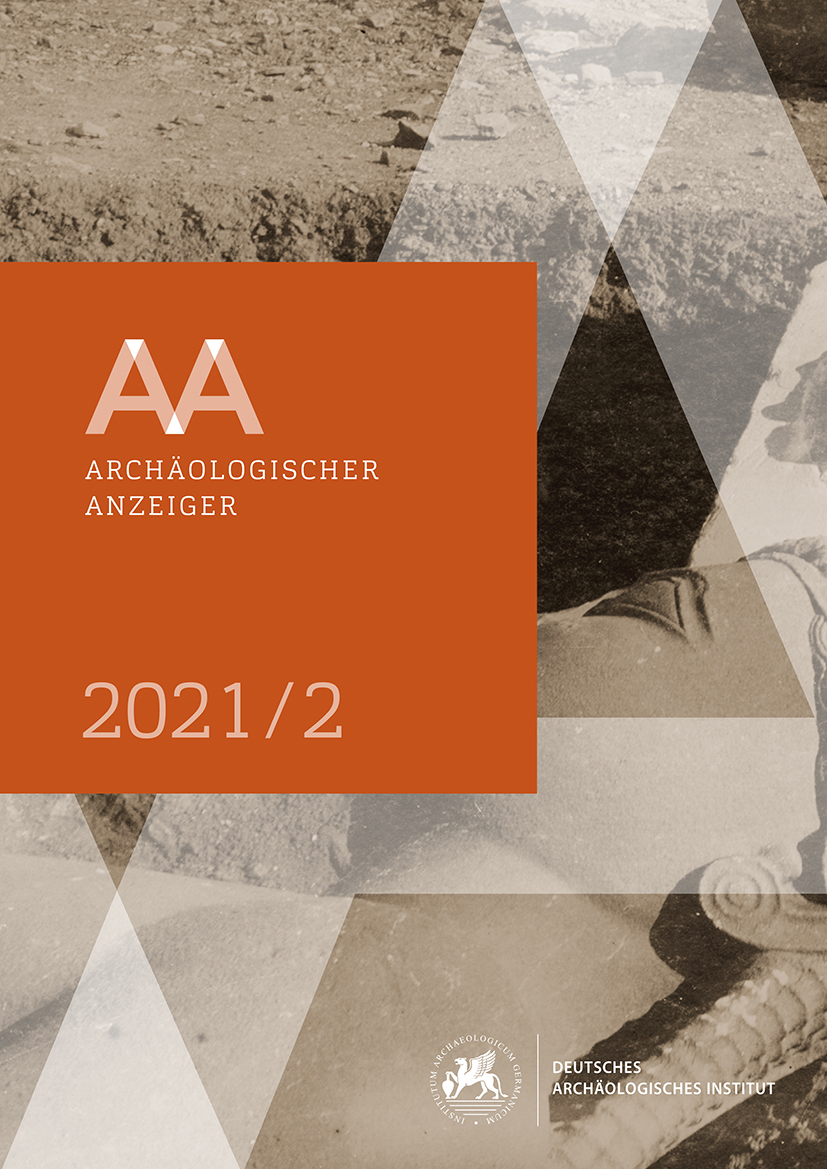Pergamon – Die Arbeiten in der Kampagne 2020
https://doi.org/10.34780/ayd6-y4fa
Abstract
vIn 2020, the Pergamon Excavation concentrated on projects of the new research programme ›The Transformation of the Pergamon Micro-Region between the Hellenistic and the Roman Imperial Period‹ (TransPergMikro). Excavation of a Hellenistic grave precinct on the north slope of the acropolis hill shed much new light on the funerary culture of the period. Now for the first time a section of a Hellenistic avenue of tombs is known in Pergamon, too. Building archaeology investigations were continued in the amphitheatre and extended to include the Roman theatre on Musalla Mezarlığı. The survey in the vicinity of the Asklepieion and on the western fringes of the ancient city yielded above all new information on utilization of the land for burials and for quarrying. The archaeological survey in the surrounding area concentrated on a river valley and an adjacent plateau north-east of Dikili, where many new features were documented relating to ancient land use and Roman bath culture. The discovery of an ancient cave sanctuary of Meter-Kybele with older layers of use going back to the Epipalaeolithic promises significant new insights into the settlement history of the micro-region and beyond. The physical geography projects in the rural hinterland and the immediate surroundings of the ancient city provided new data on the morphodynamics of the Bakırçay plain and the role of anthropogenic factors. The intensive survey in Pitane (Çandarlı) was concluded and revealed initial chronological and functional differentiations in the use of the site for pottery production. Analyses of the pollen from a drilling core from the Kara Göl supplement and expand the data on the micro-region’s environmental history and also indicate possibilities for further research. Monument conservation measures focused on completing work in the Red Hall, on the ›Gotenmauer‹ on the acropolis hill, and the Lower Rotunda at the Asklepieion.


